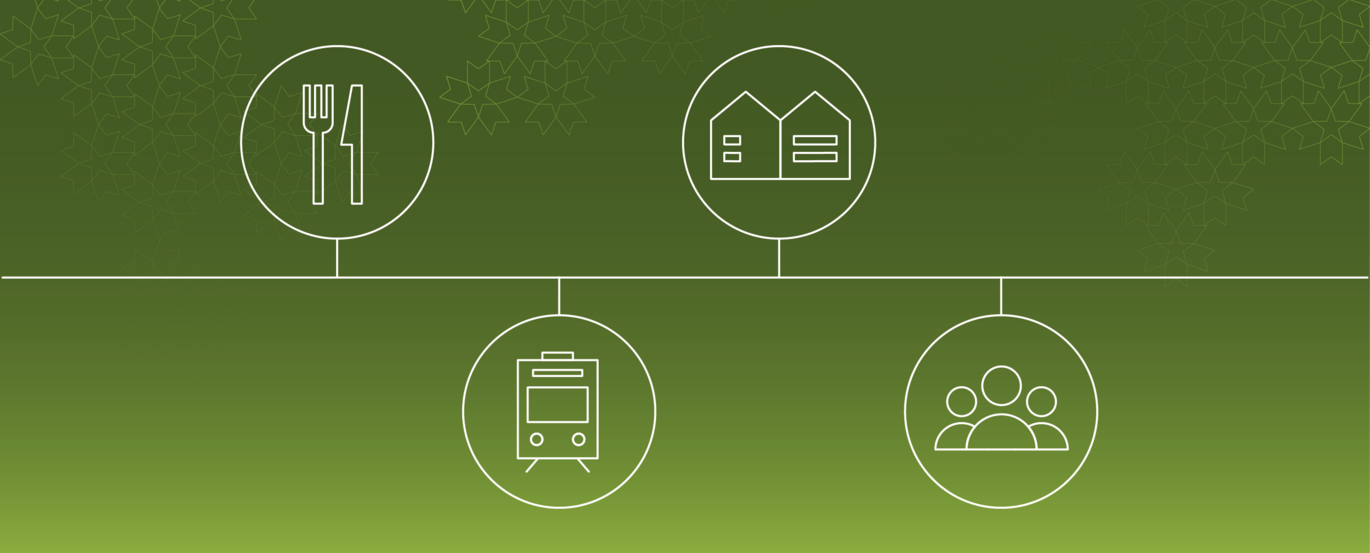Green Guide: Help make AU more climate friendly
The climate footprint must be reduced – also at AU. If you want to help make AU greener, you can find inspiration in AU’s new Green Guide.

Take home a cheap meal when a number of AU’s cafeterias sell their excess food at the end of the day. Use your own thermo mug when you fill up on coffee in the cafeterias. Compress your attached files into a zip file before you send an email and set up your computer so it enters sleep mode faster.
These are just a few of the tips you can find in AU’s Green Guide, which has been made in collaboration with students and staff.
The guide covers many different areas and provides inspiration for what both staff and students can choose to do to reduce the university’s CO2 emissions, for example with regard to office work, transportation, lunch breaks or meetings and conferences.
But does it even matter if we all follow a few of the tips written in the guide, such as printing less or riding a bike to and from campus when possible? Susanne Søes Hejlsvig, who is the programme manager for AU’s climate initiative, believes so.
“To reduce the greenhouse gas emissions from AU’s operations, we need help from both staff and students. Luckily, we receive a lot of support from around the organisation, and even though the effect may seem small, it makes a significant difference. Imagine if 38,000 students and 8,000 employees all make just one green change during their day, then we could create a positive change together,” says Susanne Søes Hejlsvig.
She emphasizes that the individual initiatives suggested in the guide must be viewed as an important addition to AU’s climate strategy 2020-2025 and the various initiatives that stem from it. The university is currently working on optimising the energy systems in AU’s buildings, establishing a research energy park in Foulum, optimising AU’s printing system, updating AU’s travel policy, establishing EV charging stations across campus, and much more.
“We expect that the initiatives on an organisational level will have a major effect on the university’s total emissions of greenhouse gasses. But it definitely also has an effect when we all make green choices during our day. All the ideas that are presented in the guide have an effect, but the biggest CO2 reductions are often reached within the energy, transportation and food areas,” says Susanne Søes Hejlsvig.
What is your green tip?
Staff and students have been involved in AU’s Green Guide, and the intention is that it will be reviewed and developed on an ongoing basis based on input from all the people at AU. That is why Susanne Søes Hejlsvig urges everyone to share their green ideas and come up with input for the guide.
“The guide should not be seen as a finished product, but rather as the first version of a guide that will be reviewed and modified on an ongoing basis in line with new input from employees and students, as ideas are tested or different initiatives are launched,” she says and hopes that employees and students will use it as inspiration in the work to create a greener Aarhus University.
Comments and input can be sent to AU’s Green Team, which works to support AU’s climate initiatives and is located centrally as part of the Rector's Office. AU’s Green Team can be contacted by email at greenteam@au.dk.
Become a part of AU’s green network
If you want to become involved in green initiatives and the green agenda at AU, you can join AU’s green network. Here you can become a part of a social community with colleagues and students who share your interest in sustainability. Join the network via the Facebook group #AUGreen.
Video
Meet AU’s Green Team, find out more about the various initiatives that are being launched at the university, and learn more about AU’s Green Network.
Read more about AU’s work on sustainability at m.au.dk/sustainability.
